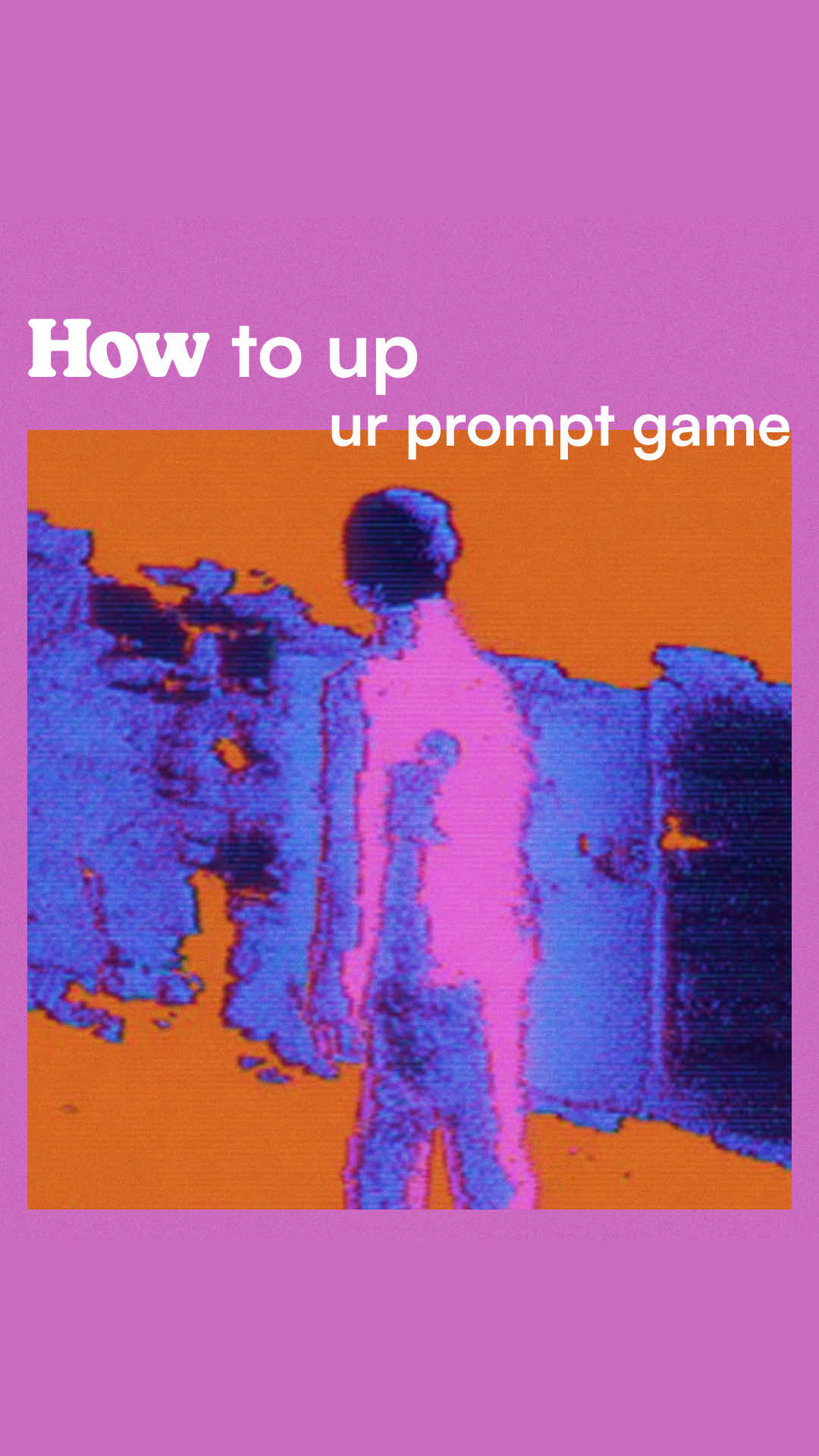COPS USA
Region: US
Saturday 03 May 2025 10:08:20 GMT
1595
85
5
0
Music
Download
Comments
Lucy :
I don’t even leave my dog in the car, why on earth would you leave a child in a car
2025-05-04 01:39:42
3
ginniminnii :
i would NEVER leave my son in the car even if it was for 2mins, he comes wherever i go ❤️💯👏🏻
2025-05-03 10:51:17
6
Chandlee :
How in the world can you leave your baby in the car?? For ANY amount of time? She probably does this all the time
2025-05-04 21:55:00
1
To see more videos from user @bibogokutv84, please go to the Tikwm
homepage.





